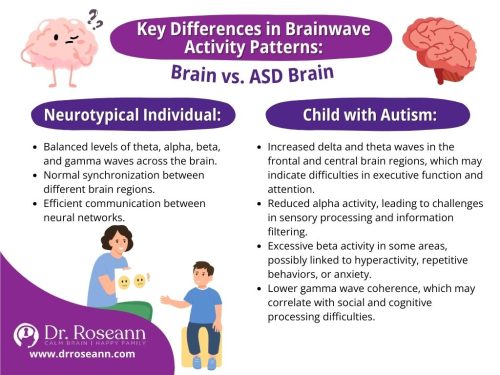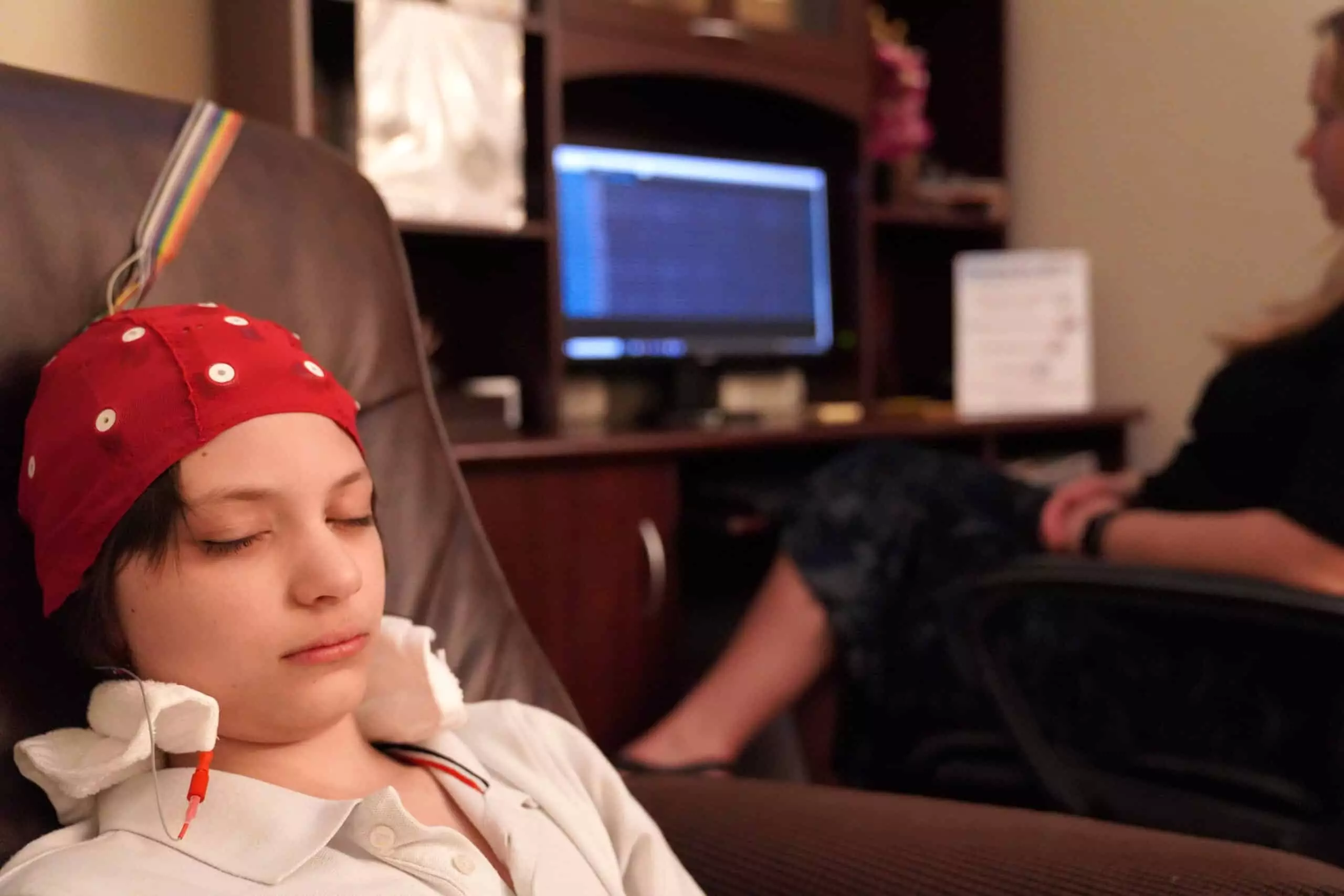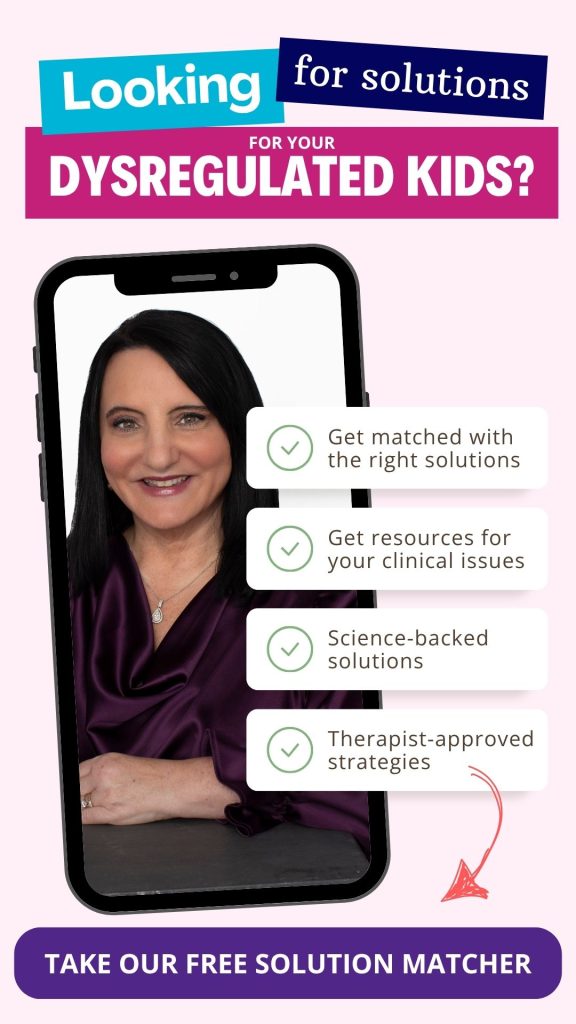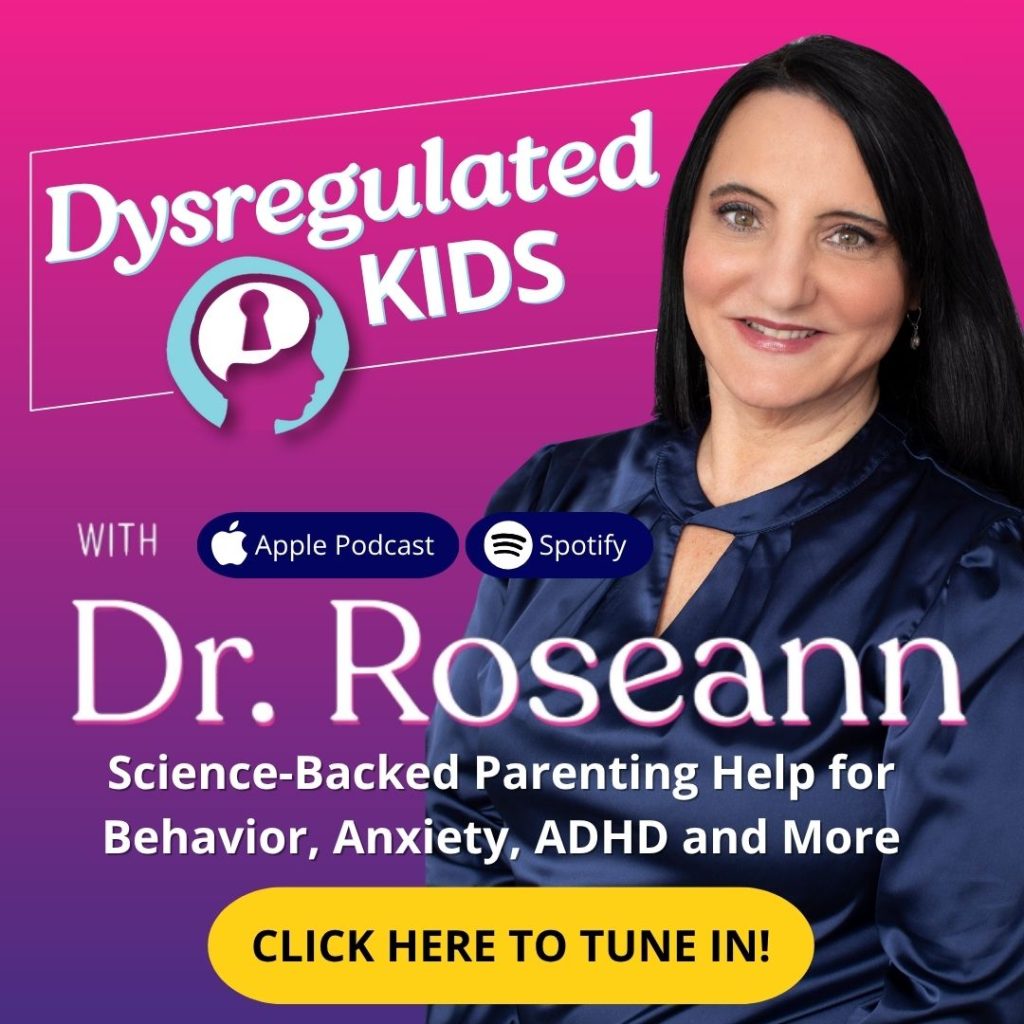Estimated reading time: 10 minutes
Ever wonder why your child with autism struggles to connect, focus, or stay calm—no matter what you try? You’re not alone, and it’s most definitely not your fault.
The good news? QEEG brain mapping helps us see what’s really going on in the brain, so you can finally move past the guesswork and get the targeted support your child needs.
Brain Dysregulation in Autism: Why Behavior Isn’t the Real Problem
If your child melts down over small changes, avoids eye contact, or clings tightly to routines, you may find yourself wondering: “Why does everything feel so hard for them—even the little things?”
It’s not because they’re trying to be difficult. It’s because their brain is struggling to keep up.
Children with autism often show atypical brain connectivity, which can include:
- Hypoconnectivity
- Hyperconnectivity
This imbalance in how the brain’s networks talk to each other can explain why so many kids on the spectrum experience challenges with:
- Expressing themselves through words or body language
- Picking up on social cues and building relationships
- Regulating their emotions and calming themselves down
- Adapting to change or going with the flow
- Repeating behaviors or getting “stuck” in certain routines
These aren’t signs of defiance or disobedience. They’re signs of a dysregulated nervous system doing its best to cope.
As the CDC (2023) notes, disruptions in brain function are at the root of the communication, emotional, and behavioral challenges we see in autism.
Here’s the hopeful part: With QEEG brain mapping, we can finally stop guessing and start understanding what’s going on inside your child’s brain.
What is QEEG Brain Mapping for Autism?
Ever wish you could peek inside your child’s brain—just for a moment—to understand what’s driving those big emotions and out-of-nowhere meltdowns?
That’s exactly what QEEG brain mapping lets us do.
QEEG helps us:
- Pinpoint which areas of the brain are overactive or underactive
- Understand what’s fueling your child’s emotional and behavioral responses
- Create a targeted, science-backed plan to help calm the brain and improve function
What Can QEEG Reveal in Autistic Kids?
QEEG measures five main brainwave frequencies—each linked to specific aspects of your child’s thinking, feeling, and functioning:
| Brainwave | Primary Role | What It Supports |
|---|---|---|
| Delta Waves | Deep sleep and physical healing | Restore and reset the brain overnight |
| Theta Waves | Imagination and emotional processing | Support creativity, daydreaming, and deep relaxation |
| Alpha Waves | Calm and quiet focus | Help regulate mood and bring emotional ease |
| Beta Waves | Active thinking and attention | Needed for focus, learning, and executive functioning |
| Gamma Waves | Higher-level thinking and memory | Help your child make sense of the world and recall information |
Kids with Autism often have unique patterns of brain activity. QEEG helps us uncover:
- Sensory overload patterns
- Emotional reactivity in limbic areas
- Underconnected social and language regions
- Brain networks that aren’t communicating well
Instead of guessing what your child needs, we get clear data to guide the right supports.
When we know which brainwaves are off balance, we can stop guessing—and start using real, personalized tools to support your child’s brain.
Decode the behavior, regulate the brain.

Is QEEG Safe for Children With Autism?
QEEG is generally a safe and gentle, non-invasive way to measure your child’s brain activity—nothing is added, changed, or stimulated. We’re simply recording what the brain is already doing.
Here’s what makes it safe (and even calming for many kids):
- No radiation
- Pain-free
- Quick and easy
- Sensory-friendly
- Supportive environment
QEEG brainwave activity can be measured using a variety of FDA-approved software and hardware systems.
Is QEEG Helpful for Autism?
Yes—QEEG is a powerful tool for understanding how the autistic brain functions (Livint Popa et al., 2020).
It identifies distinct patterns in brainwave activity, especially in areas like the frontal and temporal lobes—the regions that help your child read social cues, process emotions, and build relationships.
When these brain areas are dysregulated, it can show up as:
- Social withdrawal or avoiding eye contact
- Difficulty processing tone of voice or facial expressions
- Trouble connecting with peers or even family members
A 2022 study (Sun et al.) found that individuals with autism showed:
- Increased delta and theta waves—linked to slower cognitive processing
- Decreased beta activity—often seen in kids who struggle with focus and attention
At our center, we use QEEG brain mapping and neurofeedback to:
- Monitor your child’s brain activity over time
- Identify key dysregulation patterns
- Build a personalized care plan
- Track real progress—not just rely on guesswork

Will the QEEG brain map work for my autistic kid?
“Can you see autism on a brain scan?” That’s a question I hear all the time—and the answer is: you can see brain patterns commonly associated with autism.
Autistic brains often show:
- Overconnectivity—which helps explain sensory overwhelm and emotional reactivity
- Excess delta waves—linked to neuroinflammation and developmental delays
- Unique wave patterns—that differ from neurotypical or even other neurodivergent profiles
I’ve seen firsthand how QEEG gives parents clarity. It helps us connect the dots between what you’re seeing (meltdowns, sensory overload, disconnection) and what’s actually going on inside the brain.
Because once we understand what’s driving the behavior, we can finally create a treatment plan that supports your child where they are—and helps them move forward.
The BrainBehaviorReset™ Program: Supporting Autism Through Brain Mapping, Neurofeedback and More
Parenting a child with autism can be overwhelming. You’re doing everything you can—giving reminders, staying calm, creating structure—yet it still feels like nothing sticks.
Here’s what that often looks like:
- You repeat instructions all day—and still get resistance.
- You set up routines—but your child gets stuck or melts down anyway.
- You try to stay patient—but the exhaustion builds.
- Your child feels overwhelmed—because the world just doesn’t make sense to them.
- You feel stuck—because no one has given you the right tools yet.
That’s why kids with autism don’t just need more strategies—they need a brain-based approach that helps them regulate from the inside out.

The BrainBehaviorReset™ Program combines:
- QEEG brain mapping to understand what’s going on beneath the behavior
- Neurofeedback to calm and rewire dysregulated brain patterns
- Parent coaching to help families reinforce progress at home and support long-term success
This program:
- Supports your child’s brain so they can stay calm, focused, and connected
- Eases daily stress—for both your child and you
- Creates real, lasting change—because we aren’t just chasing symptoms
Because when we calm the brain, everything else begins to shift.
Parent Action Steps
FAQs
How can QEEG help my autistic child?
QEEG identifies patterns of brain dysregulation often seen in autism, such as overconnectivity or excess delta waves. It helps us understand why your child may struggle with sensory overload, meltdowns, or social connection—and how to support their brain more effectively.
Is QEEG safe for my child?
Yes—QEEG is completely safe, non-invasive, and pain-free. It simply records brain activity using a soft sensor cap. There’s no radiation or input into the body.
Will this work for my sensory-sensitive child?
Yes. The process is gentle, and we go at your child’s pace. Many sensory-sensitive kids—even those who initially resist—end up finding the sessions calming once they’re settled.
What happens after the QEEG brain map?
After analyzing the results, we create a customized care plan—often including neurofeedback—to calm the brain, support regulation, and reduce day-to-day challenges.
Citations
Billeci, L., Sicca, F., Maharatna, K., Apicella, F., Narzisi, A., Campatelli, G., Calderoni, S., Pioggia, G., & Muratori, F. (2013). On the Application of Quantitative EEG for Characterizing Autistic Brain: A Systematic Review. Frontiers in Human Neuroscience, 7. https://doi.org/10.3389/fnhum.2013.00442
Livint Popa, L., Dragos, H., Pantelemon, C., Verisezan Rosu, O., & Strilciuc, S. (2020). The Role of Quantitative EEG in the Diagnosis of Neuropsychiatric Disorders. Journal of medicine and life, 13(1), 8–15. https://doi.org/10.25122/jml-2019-0085
Sun, B., Wang, B., Wei, Z., Feng, Z., Wu, Z.-L., Yassin, W., Stone, W. S., Lin, Y., & Kong, X.-J. (2023). Identification of diagnostic markers for ASD: A restrictive interest analysis based on EEG combined with eye tracking. Frontiers in Neuroscience, 17:1236637. https://doi.org/10.3389/fnins.2023.1236637
Always remember… “Calm Brain, Happy Family™”
Dr. Roseann Capanna-Hodge is a licensed mental health expert that is frequently cited in the media:
- Autism in Action Podcast: Neurofeedback
- Very Well Mind New Research Highlights Key Differences Among Autistic Boys and Girls
- Medicinal Media Different minds grow awareness: understanding the autism spectrum
Disclaimer: This article is not intended to give health advice and it is recommended to consult with a physician before beginning any new wellness regime. *The effectiveness of diagnosis and treatment vary by patient and condition. Dr. Roseann Capanna-Hodge, LLC does not guarantee certain results.
Are you looking for SOLUTIONS for your struggling child or teen?
Dr. Roseann and her team are all about science-backed solutions, so you are in the right place!











